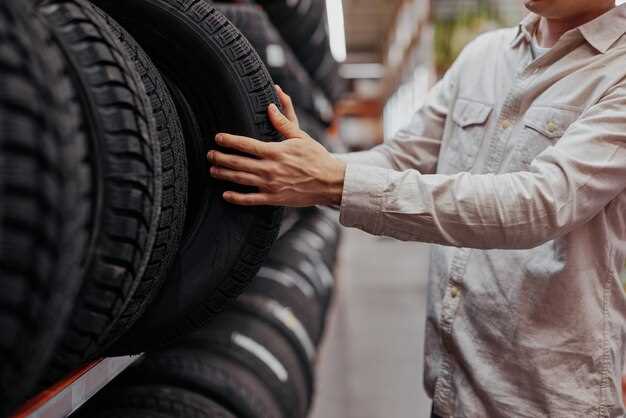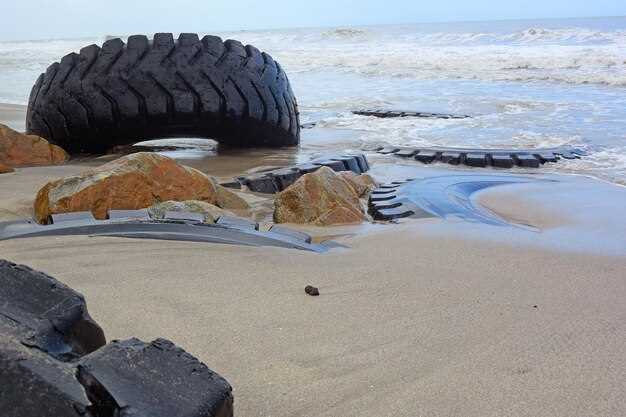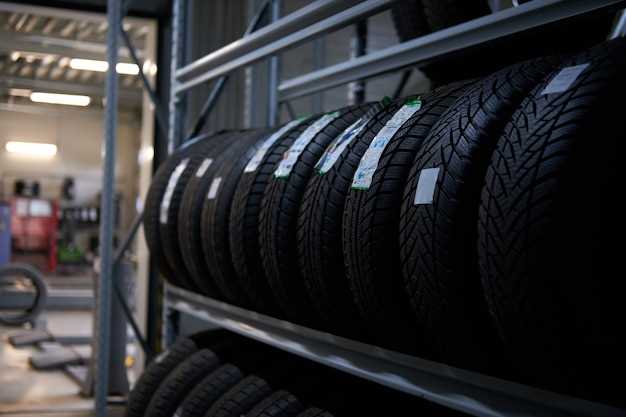
When it comes to navigating challenging terrains, the right tires can make all the difference in your off-road adventures. Whether you’re traversing sandy dunes or tackling rugged dirt trails, selecting tires that provide excellent traction is crucial for maintaining control and ensuring a smooth ride. In this article, we will explore the best tire options specifically designed for optimal performance in sand and dirt conditions.
Off-road tires come in various designs and compounds, each tailored to handle unique environmental challenges. The ideal tire for sandy surfaces will have a wider footprint to distribute weight evenly, preventing sinking and providing better traction. Conversely, tires meant for dirt paths must prioritize grip and durability to navigate ruts and rocks without compromising performance.
Understanding the characteristics of different tire designs is essential for making an informed decision. Factors such as tread pattern, sidewall strength, and material composition all play a pivotal role in how effectively a tire can perform in off-road settings. With the right information, you can equip your vehicle with tires that not only enhance performance but also elevate your off-road experience to new heights.
Evaluating Tread Patterns for Optimal Traction in Off-Roading

When navigating off-road terrains, selecting the appropriate tire tread pattern is crucial for maximizing traction on sandy and dirt surfaces. The design of the tread significantly influences how a tire interacts with the ground, affecting both performance and safety.
In off-roading scenarios, the tread pattern must facilitate effective water dispersion and provide adequate grip. A deeper, more aggressive tread pattern typically enhances traction by allowing the tire to dig into softer surfaces like sand and loose dirt. Wide, open voids between tread blocks help prevent sand from building up, ensuring consistent contact with the terrain.
Another important factor is the shape and angle of the tread blocks themselves. Tires with larger, chunky tread blocks designed for off-road conditions often exhibit better traction by creating more biting edges that grip uneven surfaces. These features also help in navigating through obstacles, making the vehicle more stable and responsive.
Additionally, the combination of different tread patterns can also play a role in overall performance. Hybrid tires, for instance, integrate both aggressive off-road designs and smoother patterns suitable for on-road use, offering versatility for drivers who encounter a mix of conditions.
In conclusion, assessing tread patterns is essential for ensuring optimal traction in off-roading situations. Choosing the right configuration not only improves performance in sand and dirt but also enhances the overall off-road experience. Taking the time to understand tread designs can lead to more enjoyable adventure outings and safer explorations.
Choosing the Right Tire Pressure for Sand and Dirt Environments
When venturing into off-road terrains like sand and dirt, selecting the appropriate tire pressure is crucial for optimizing traction and vehicle performance. Lowering the tire pressure increases the contact patch of the tires with the ground, allowing better grip on loose surfaces. This is particularly beneficial in sandy conditions where tires can otherwise sink or become stuck.
For sandy environments, a typical range of tire pressure is between 10 to 15 psi. Reducing pressure in this range helps to prevent tires from digging in too deeply, providing a flotation effect that keeps the vehicle moving. However, it’s essential to monitor for potential tire bead separation and heat build-up, as excessively low pressures can lead to tire failure.
In dirt conditions, the ideal tire pressure generally varies between 15 to 20 psi. This range offers a balance between traction and stability, allowing off-road tires to maintain their shape while also providing enough flexibility to adapt to uneven surfaces. Adjusting tire pressure depending on the type of dirt–whether it’s loose, firm, or rocky–can significantly enhance performance.
It’s also important to remember that different vehicles have varying weight distributions and tire specifications, which can affect optimal pressure settings. Conducting testing in your specific off-road context, while paying attention to your vehicle’s handling and responsiveness, will lead you to the best results.
In summary, for sand and dirt conditions, adjusting tire pressure effectively is key to maximizing traction and handling. Always prioritize safety by conducting research and considering your setup before embarking on any off-road adventure.
Comparing Durable Materials for Long-lasting Off-Road Tires

When selecting tires for off-road adventures, the choice of materials significantly influences longevity and performance. Different compounds offer varying levels of durability, traction, and resistance to punctures and abrasions.
Natural Rubber is one of the most common materials used in tire manufacturing. It has excellent elasticity and resilience, making it ideal for off-road tires that face rough terrains. Natural rubber provides a good balance between grip and wear resistance, but it may not last as long as synthetic alternatives in extreme conditions.
Synthetic Rubber, on the other hand, has been engineered to enhance durability and performance. Compositions such as styrene-butadiene rubber (SBR) can withstand harsher environments and resist aging better than natural rubber. This material allows for the creation of tires that maintain traction on sand and dirt while providing long-lasting wear.
Silica-Blended Compounds are increasingly popular for off-road tires. By incorporating silica into the rubber mixture, manufacturers improve wet traction and reduce rolling resistance. These compounds can enhance the tire’s lifespan while providing exceptional grip, crucial when traversing uneven surfaces.
Reinforced Sidewalls, often made from materials like Kevlar or nylon, play a vital role in protecting tires from cuts and punctures. These protective layers enhance the overall durability of the tire, making them suitable for rigorous off-road conditions.
Ultimately, selecting the right material for off-road tires requires careful consideration of the terrain and expected usage. Balancing durability, traction, and resistance to environmental factors will ensure that your tires perform optimally for an extended period in sandy and dirty conditions.




